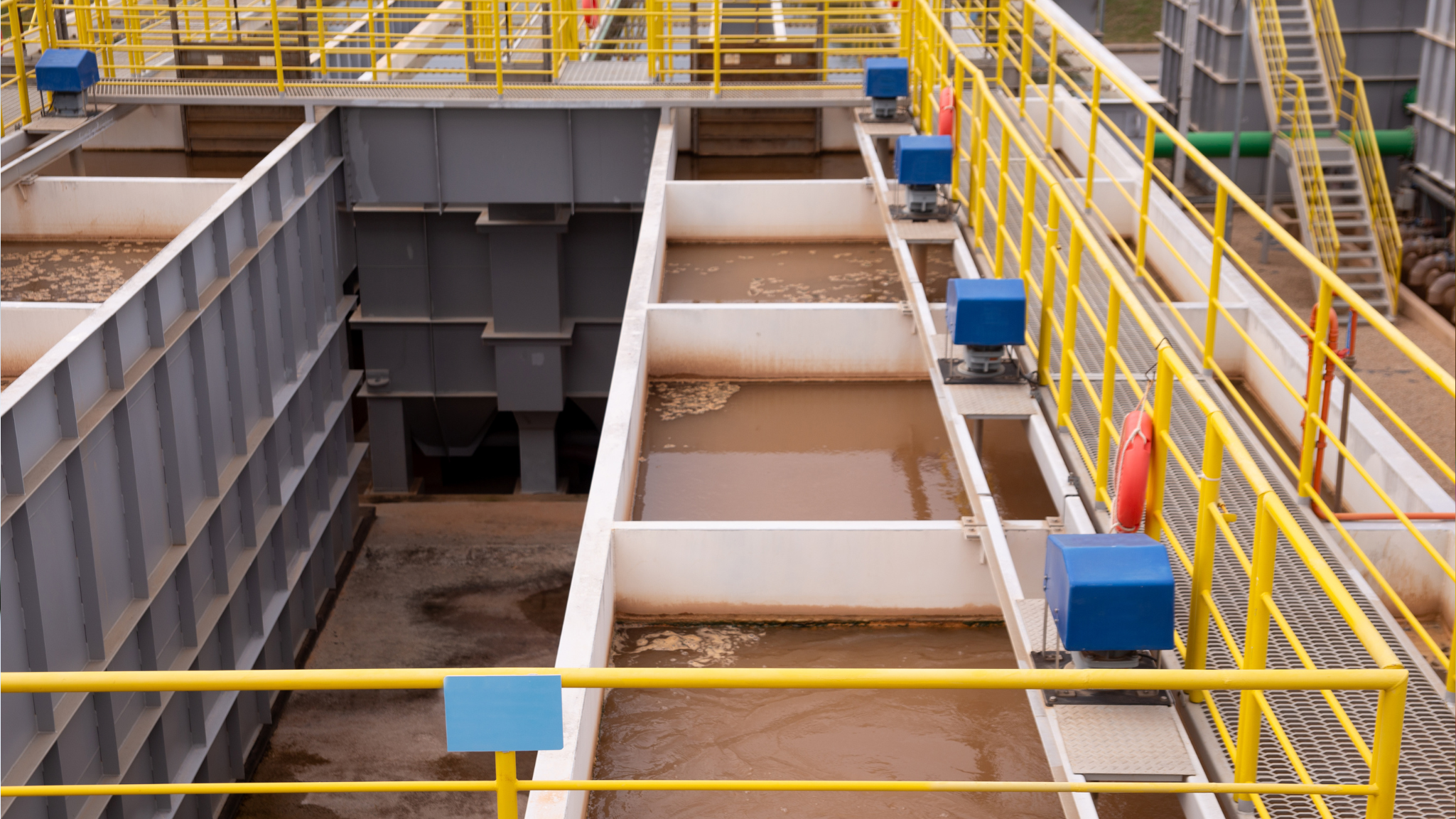Introduction
Oil Well Drilling cost is considered one of the most expensive projects in other fields. Drilling an oil well in a period not exceeding three weeks can cost the executing company sums that may reach millions of dollars, depending on the depth, direction, and location of the well.
Oil Well Drilling requires several stages of preparation so that the process is completed without any obstacles and the company can drill the well in record time and at the lowest possible cost.
Table of Contents
What are types of Oil Well Drilling costs?

1- Fixed Costs
Equipment Costs: This includes the cost of drilling rigs, auxiliary equipment, and specialized drilling tools (e.g., motors and pipes).
Administrative Costs: Costs related to planning, supervision, and administrative activities.
Transportation Costs: The cost of transporting equipment and personnel to the drilling site.
2- Operating Costs:
Fuel Costs: The cost of fuel required to operate the equipment.
Labor Costs: Wages of workers involved in drilling and maintenance, such as drillers, engineers, and technicians.
Maintenance and Repairs: Costs of regular maintenance or repairs for equipment during the Oil Well Drilling process.
3- Material Costs
Well Pipes: The cost of pipes or casings required for the well.
Drilling Fluids: The cost of fluids used during drilling (such as drilling mud in oil or water wells).
Cementing Materials: Materials used to line the well walls to prevent collapse.
4- Indirect Costs
Legal Costs and Fees: Such as permits and licenses required to begin drilling, as well as environmental or regulatory fees.
Recently, There are countries that have imposed fines for illegal Oil Well Drilling like Egypt.
The Egyptian government put a fine starting from 20 thousand to 200 thousand Egyptian Pounds on companies who drill underground wells and It is doubled in the case of repetition and control of the machines and tasks used.
The main question remains whether oil well drilling costs are deductible.
The answer is yes. Intangible Oil Well Drilling Costs are fully deductible in the incurred year. No matter whether the well produces oil or not, immediate tax relief will be provided. Additionally, tangible drilling costs pertaining to the physical equipment used are also 100% deductible but must be depreciated over seven years.
What Are Intangible Drilling Costs?
Intangible Drilling Costs are called (IDCs). Expenses incurred while preparing and drilling oil and gas wells that are not salvageable are called intangible drilling costs. These costs can include wages, repairs, supplies, fuel, surveying, and ground clearing, and typically account for 60 to 80 percent of the overall drilling cost.
Investors should also be aware that holding a working interest in an oil and gas well is classified as active income. This allows net losses to offset other forms of income, such as wages or capital gains. The small producer tax exemption allows small producers to exclude 15% of their total income from taxes, providing a significant incentive to enter the market.
Conclusion
However, understanding the different categories of costs and the potential for tax deductions, such as those for intangible drilling costs (IDCs), can offer a financial advantage to companies and investors in this sector. However, if investors take an organized strategy, data collection and verification will reduce the cost of drilling an oil well.




